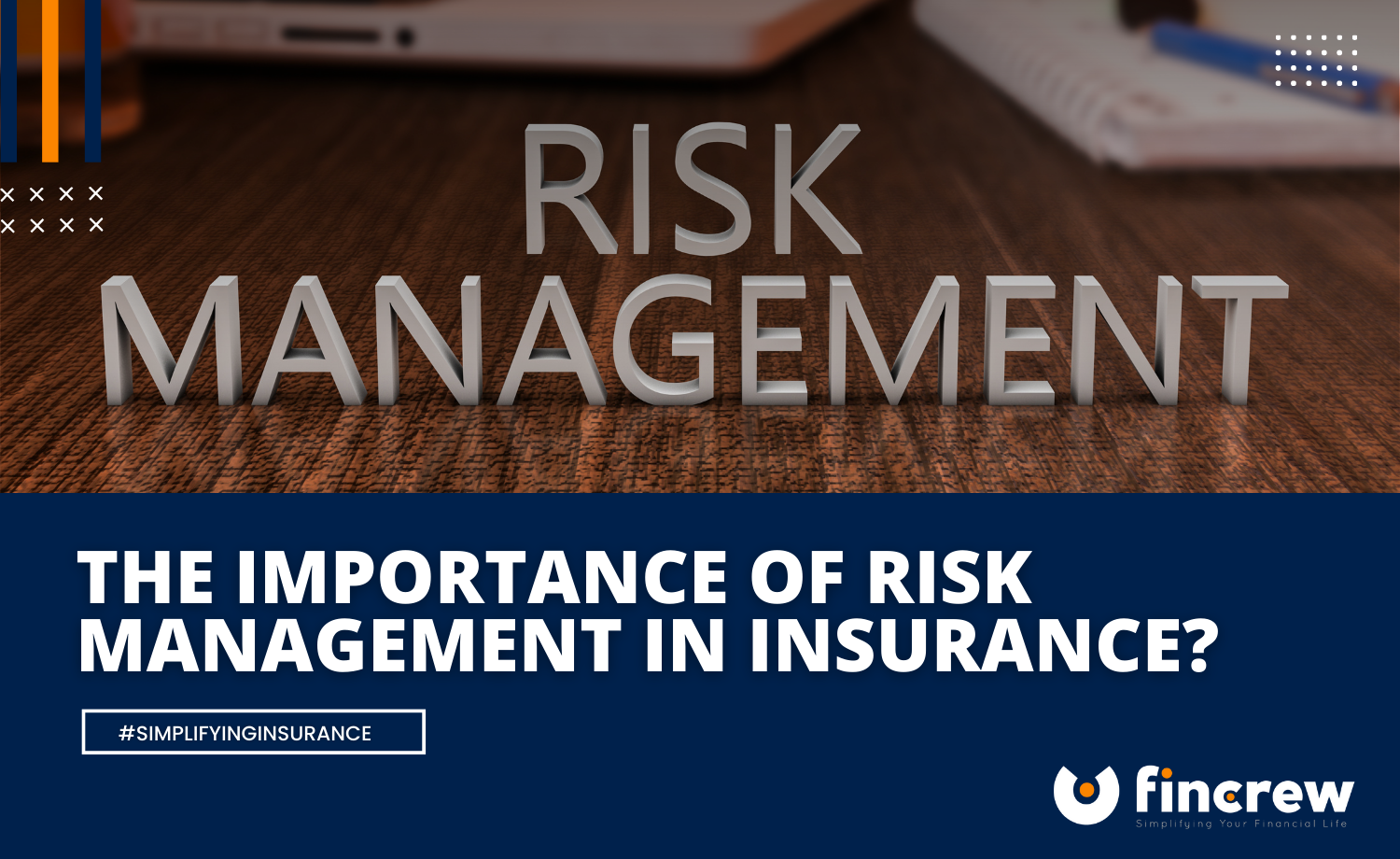The Function and Importance of Risk Management in Ensuring Organizational Continuity
The Function and Importance of Risk Management in Ensuring Organizational Continuity
Blog Article
The Importance of Recognizing the Relevance of Risk Management in Various Industries

The Core Principle of Risk Management and Its Objective
Risk Management, the cornerstone of several sectors, pivots on the identification, assessment, and mitigation of unpredictabilities in a business setting. By properly determining potential risks, businesses can establish approaches to either stop these threats from taking place or minimize their effect. As soon as threats have been identified and examined, the mitigation procedure involves creating methods to minimize their prospective influence.
Advantages of Carrying Out Risk Management in Organization Operations

Revealing the Function of Risk Management in Different Industries
While every industry confronts its special set of threats, the execution of Risk Management techniques stays a typical denominator in their search of sustainability and growth. In the health care industry, Risk Management involves ensuring person security and information security, while in financing, it involves mitigating investment risks and ensuring regulatory conformity (importance of risk management). Building and construction business concentrate on worker security, job delays, and budget plan overruns. In the innovation sector, companies reduce cybersecurity hazards and technology obsolescence. Ultimately, the function of Risk Management throughout industries is to identify, analyze, and alleviate risks. It is a vital component of critical planning, allowing companies to protect their properties, make best use of possibilities, and attain their goals.
Real-life Study Demonstrating Effective Risk Management
To understand the significance of Risk Management in these numerous fields, click over here one can seek to several real-life circumstances that illustrate the successful application of these actions. As an example, in the power industry, British Petroleum created Risk mitigation prepares post the 2010 Gulf of Mexico oil spill. They applied much better security treatments and more stringent regulations which considerably reduced more mishaps. Similarly, in money, Goldman Sachs effectively browsed the 2008 monetary crisis by determining possible mortgage-backed securities risks early. Toyota, post the 2011 quake in Japan, changed its supply chain Management to decrease disturbance dangers. These instances show how sectors, picking up from situations, properly applied Risk Management strategies to lower future risks.
Future Fads and Developments in Risk Management Strategies
Cybersecurity, when a peripheral problem, has catapulted to the center of Risk Management, with approaches concentrating on response, detection, and prevention. The integration of ESG (Environmental, Social, Administration) elements right into Risk Management is one more expanding pattern, showing the increasing acknowledgment of the role that ecological and social dangers play in organization sustainability. Hence, the future of Risk Management exists in the blend of innovative modern technology, cutting-edge strategies, and an alternative strategy.
Final thought
To conclude, comprehending the significance of Risk Management throughout a spectrum of sectors is essential for their longevity and success. Customized approaches can aid reduce potential threats, guard assets, and foster stakeholder trust fund. Additionally, proactive decision-making help in governing compliance and maximizes source usage. Eventually, successful Risk Management adds to more sustainable and durable businesses, highlighting the value of this practice in today's dynamic and extremely affordable organization environment.
While every sector challenges its one-of-a-kind collection of dangers, the application of Risk Management methods stays an usual in their search of sustainability and development. In the medical care this hyperlink sector, Risk Management entails guaranteeing individual security and data security, while in finance, it involves mitigating investment risks This Site and ensuring regulatory compliance. Ultimately, the role of Risk Management throughout sectors is to recognize, evaluate, and reduce risks. These cases show exactly how sectors, finding out from dilemmas, effectively used Risk Management techniques to reduce future dangers.

Report this page